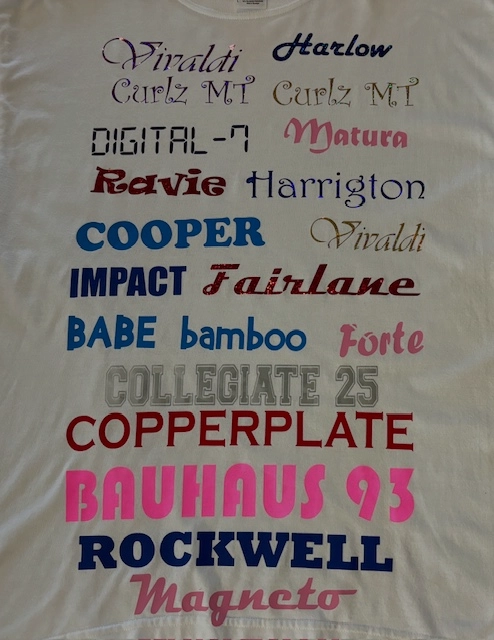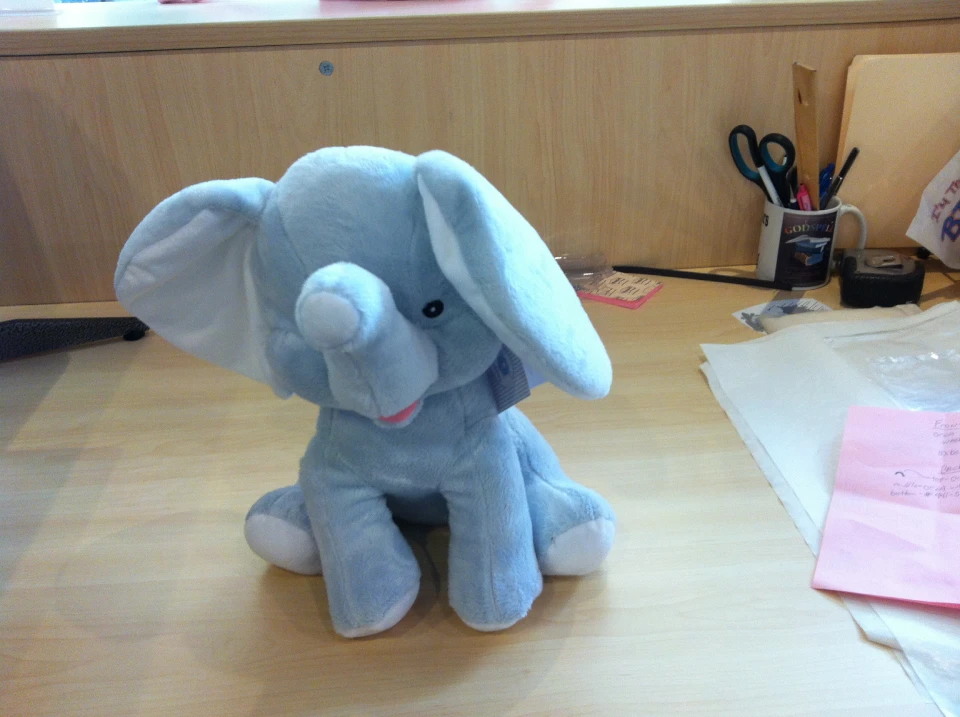Customized Lab Coats with Embroidery for Medical Professionals
Customized Lab Coats with Embroidery for Medical Professionals
Blog Article
The Art of Personalized Embroidery: Unlocking the Secrets to Creating Distinct and Memorable Designs
Needlework, a craft soaked in custom and virtuosity, holds within its elaborate stitches the power to transform fabric right into a canvas of one-of-a-kind expression. The tricks to producing personalized embroidery designs that astound the eye and leave a long lasting perception lie in a fragile balance of strategy, creative thinking, and focus to detail. As we look into the world of custom needlework, we reveal the nuanced interaction in between thread choice, sew complexity, and design personalization that raises a simple garment to a work of art. Join us on a trip with the art of custom-made needlework as we untangle the secrets behind crafting really extraordinary and unique creations.
Choosing the Right Embroidery Threads
When selecting embroidery strings, what vital variables should you think about to guarantee the most effective results for your customized designs? The choice of needlework thread is important in determining the last outcome of your embroidered layout. One of the key factors to consider is the material of the thread. Different materials such as cotton, polyester, rayon, and silk offer differing levels of shine, resilience, and texture. It is vital to select a string material that enhances the textile you are stitching on and aligns with the desired appearance of the style.
Thicker threads can add measurement and texture to your layout, while finer strings are optimal for elaborate details and little message. In addition, considering the color fastness and washability of the thread is essential to make sure that your custom layouts keep their top quality and vibrancy over time.
Exploring Various Stitch Methods
To dive right into the world of 'Discovering Different Stitch Methods', one have to grasp the complexities and subtleties that each sewing technique brings to the art of embroidery. Different stitch methods not only add aesthetic passion yet also add to the general texture and dimension of the layout. One preferred stitch method is the satin stitch, which includes closely stuffed parallel stitches to create a smooth and glossy surface area, perfect for completing shapes and producing vibrant details.
On the other hand, the backstitch is a flexible strategy typically made use of for describing and adding fine details. It includes stitching backwards to create a strong line of embroidery. Furthermore, the French knot stitch includes a tactile aspect to layouts, excellent for creating distinctive accents like flower facilities or decorative touches.
Discovering different stitch methods permits embroiderers to have fun with light, darkness, and depth within their styles, elevating the visual charm and imaginative quality of their needlework tasks. By understanding numerous stitching methods, one can open countless opportunities for creating one-of-a-kind and memorable prince tailor customized embroidery items.
Incorporating Personalized Design Aspects
Having explored the details of various stitch techniques such as the satin stitch, backstitch, and French knot, the focus now moves towards integrating individualized style elements in custom-made embroidery tasks. Personalized layout components play a crucial duty in making needlework projects really unique and memorable. One means to include customization is by adding initials, names, or significant dates to the style. This not only includes a customized touch yet additionally enhances the nostalgic value of the embroidery piece.
One more way to include tailored style components is by including symbols or concepts that hold unique significance to the recipient or reflect their rate of interests and individuality. Integrating a preferred blossom, pet, or hobby-related symbol can make the needlework design a lot more purposeful and tailored. In addition, picking shades that resonate with the recipient or align with the desired style can additionally enhance the personalization of the embroidery job.
Grasping the Art of Shade Coordination

One secret facet of color control is understanding color theory. This consists of recognizing how different colors engage with each other, the feelings they convey, and just how they can be incorporated to develop aesthetically attractive layouts. By using color theory concepts, embroiderers can create unified color schemes that boost the overall look of the style.
In addition, taking note of comparison is essential in color sychronisation. Utilizing contrasting shades their explanation can assist particular elements of the layout pop, enhance readability, and create a official source visually vibrant embroidery piece. By understanding the art of shade control, embroiderers can boost their styles and create unforgettable pieces that reverberate with customers and viewers alike.
Enhancing Structure With Advanced Needlework Stitches

French knots, as an example, are excellent for adding little, increased dots to your style, resembling the look of grains or developing a textured surface area. Bullion knots, on the various other hand, can be utilized to develop twisted, ropelike elements that include an extravagant feeling to the embroidery. Seed sewing includes little, scattered stitches that can complete areas with a polychromatic appearance, while turkey job creates fluffy, dimensional accents similar to pet fur or vegetation. Experimenting with these advanced embroidery stitches enables you to press the limits of conventional embroidery and produce genuinely unique and visually appealing structures in your styles.
Conclusion
Finally, the art of customized needlework includes a combination of choosing the appropriate strings, exploring different stitch techniques, incorporating individualized layout elements, grasping color sychronisation, and boosting structure with innovative stitches. By comprehending and implementing these crucial components, embroiderers can create distinct and unforgettable styles that showcase their creative thinking and skill. Needlework fanatics can unlock the keys to creating beautiful and bespoke pieces that stick out and leave a long lasting impression.
Report this page